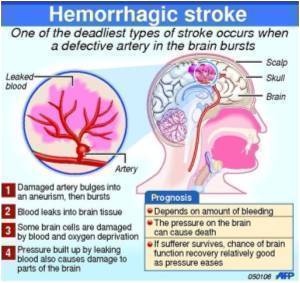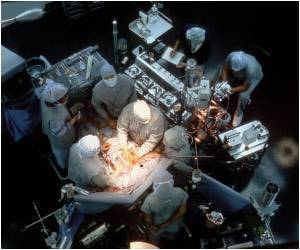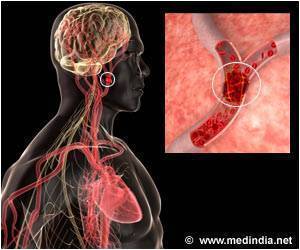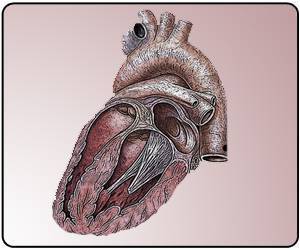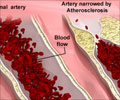
‘Surgical management of carotid artery stenosis was higher for patients in the fee-for-service system compared with those in the salary-based setting.’
Tweet it Now
Individuals were more likely to undergo surgery to treat
narrowed arteries when they were treated by fee-for-service physicians
in the private sector compared with salary-based military physicians,
according to a study published online by JAMA Surgery.For this study, Louis L. Nguyen of Brigham and Women's Hospital, Boston, and colleagues examined the Department of Defense Military Health System Data Repository for individuals diagnosed with carotid artery stenosis between October 2006 and September 2010. A model was developed that evaluated the association of the treatment system (fee-for-service physicians in the private sector vs salary-based military physicians) with the odds of procedural intervention (carotid endarterectomy or carotid artery stenting) compared with medical management.
Of 10,579 individuals with a diagnosis of carotid artery stenosis, 1,307 (12%) underwent at least one procedure. After adjusting for demographic and clinical factors, the odds of undergoing procedural management were significantly higher for patients in the fee-for-service system compared with those in the salary-based setting. These findings remained consistent for individuals with and without symptomatic disease.
"Although it is difficult to capture fully the factors that motivate patients and clinicians, with respect to the management of carotid stenosis by surgeons and other interventionists, our results do appear to support the conclusion that provider-induced demand [PID; an economic term that refers to a greater demand for services than what would otherwise be expected in a perfect market] may be at work. Given these findings, the health care community should focus on ways to detect the potential for PID and craft policies that will align the incentives of patients, clinicians, and society. Further analysis of the appropriateness of care and noncompensation incentives may improve our understanding of the role between incentives and health care use," the authors write.
Source-Eurekalert

